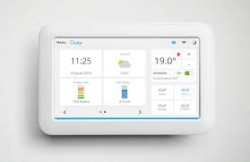Design–build is a project delivery system in which the design and construction services are performed by a single entity under one contract. The roles of designer and contractor are combined and there is one unified flow of work from start to finish. This is an alternative approach to the traditional design-bid-build project delivery method, which involves splitting the design and construction work among separate entities and contracts.
Some design-build companies are partnerships between a contractor and an architect. Some are run by an architect who went into the construction business. Some are run by a contractor who has knowledge about design.
Pros of design-build:
- Combines design and construction into a single point of responsibility, thereby minimizing risks to the project owner. Only one contract to manage instead of two eliminates the need for the project owner to become the middleman in designer and contractor disputes.
- Collaborative team effort toward achieving a common goal.
- The design and construction phases for a project can overlap, leading to faster construction in a design-build system.
- The cost of the design is usually less than with an independent design firm.
Cons of design-build:
- Design may be less creative than one from an independent designer.
- Lack of competitive bidding may drive up cost.
The Design-Build Institute of America (DBIA), formed in 1993, teaches the effective integration of design and construction services. Members include design and construction industry professionals as well as project owners. The DBIA is an organization that defines and promotes best practices in design–build. DBIA offers certification in design-build project delivery. Certification is available to both to members and non-members.





